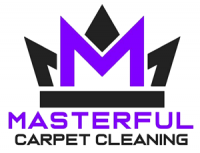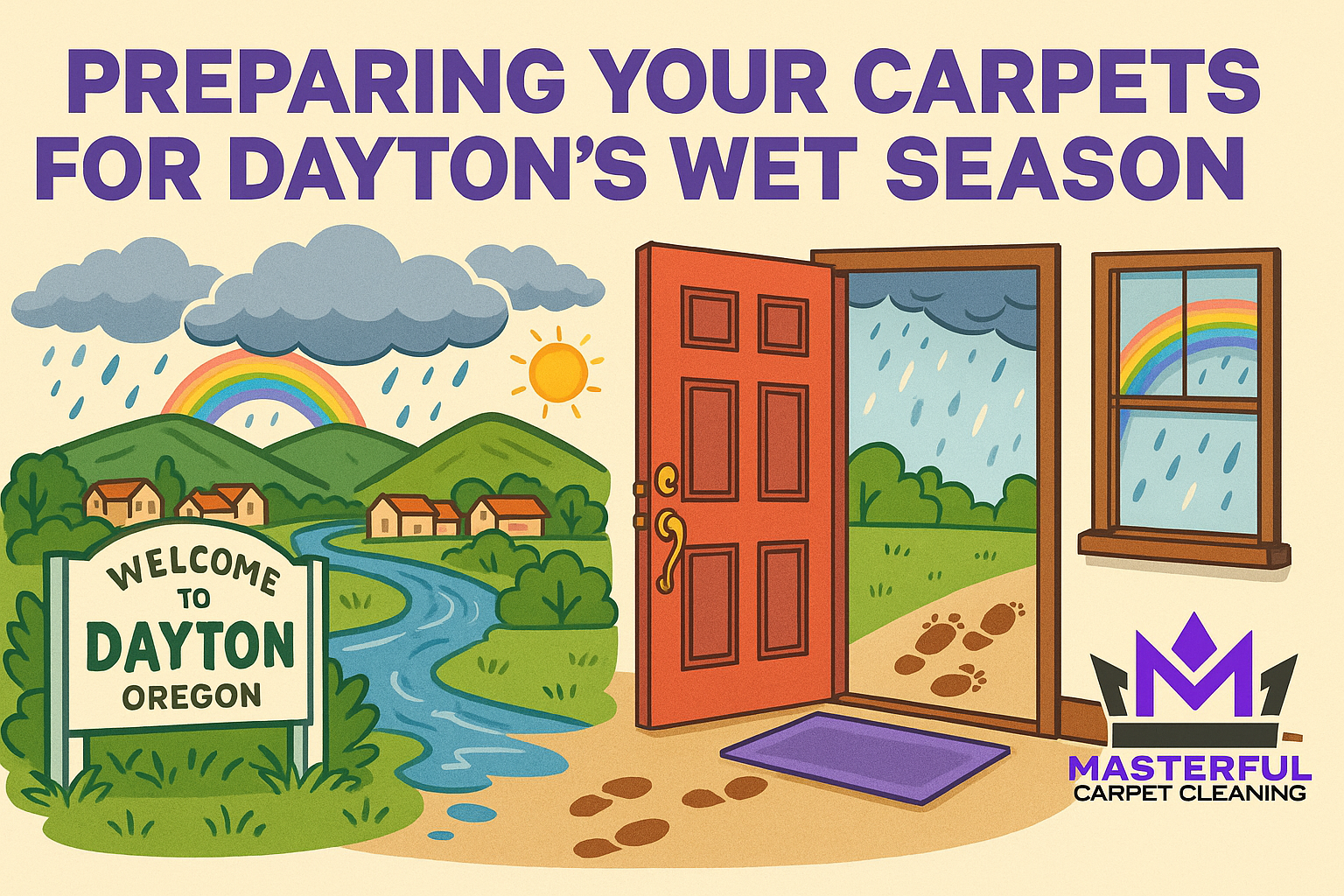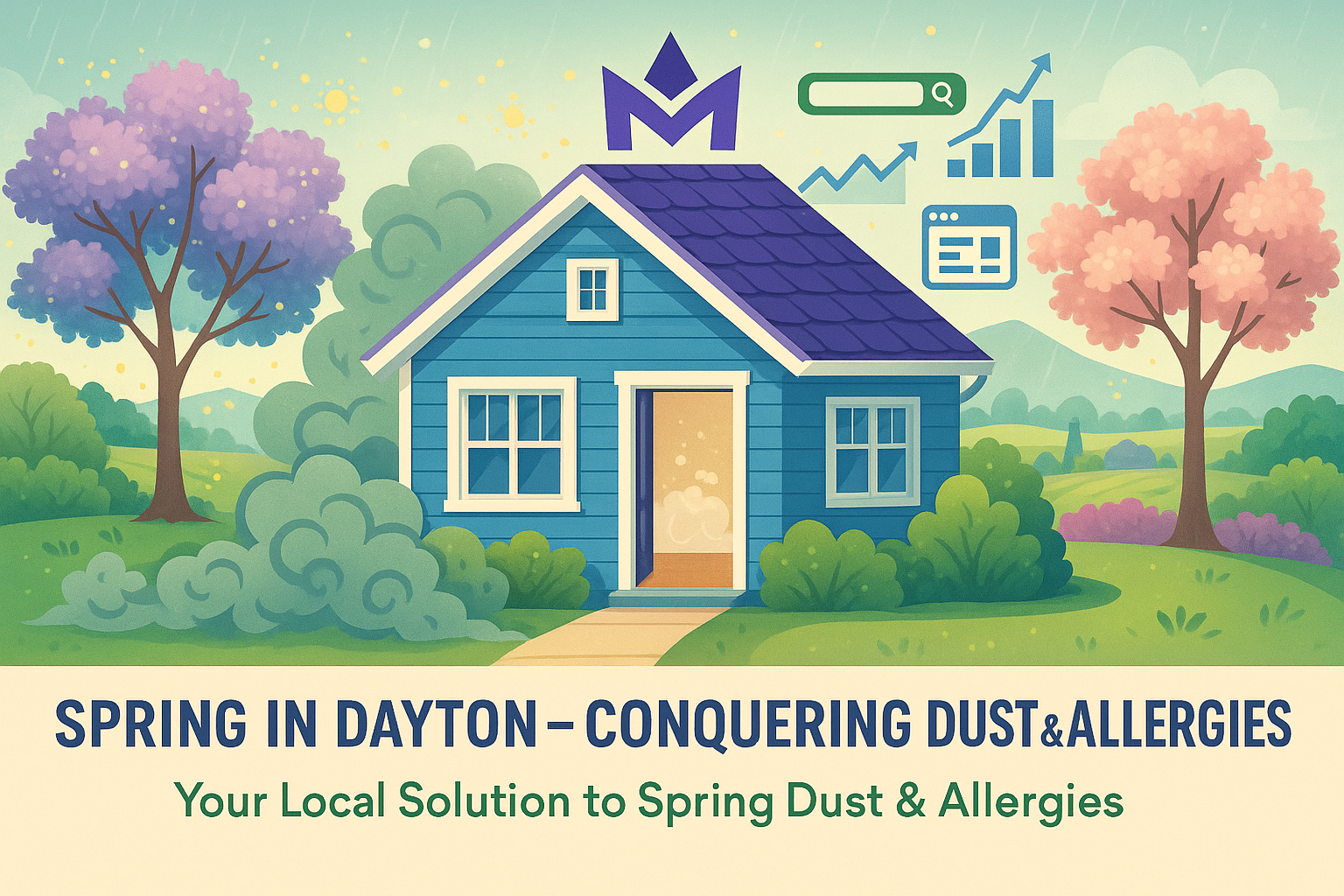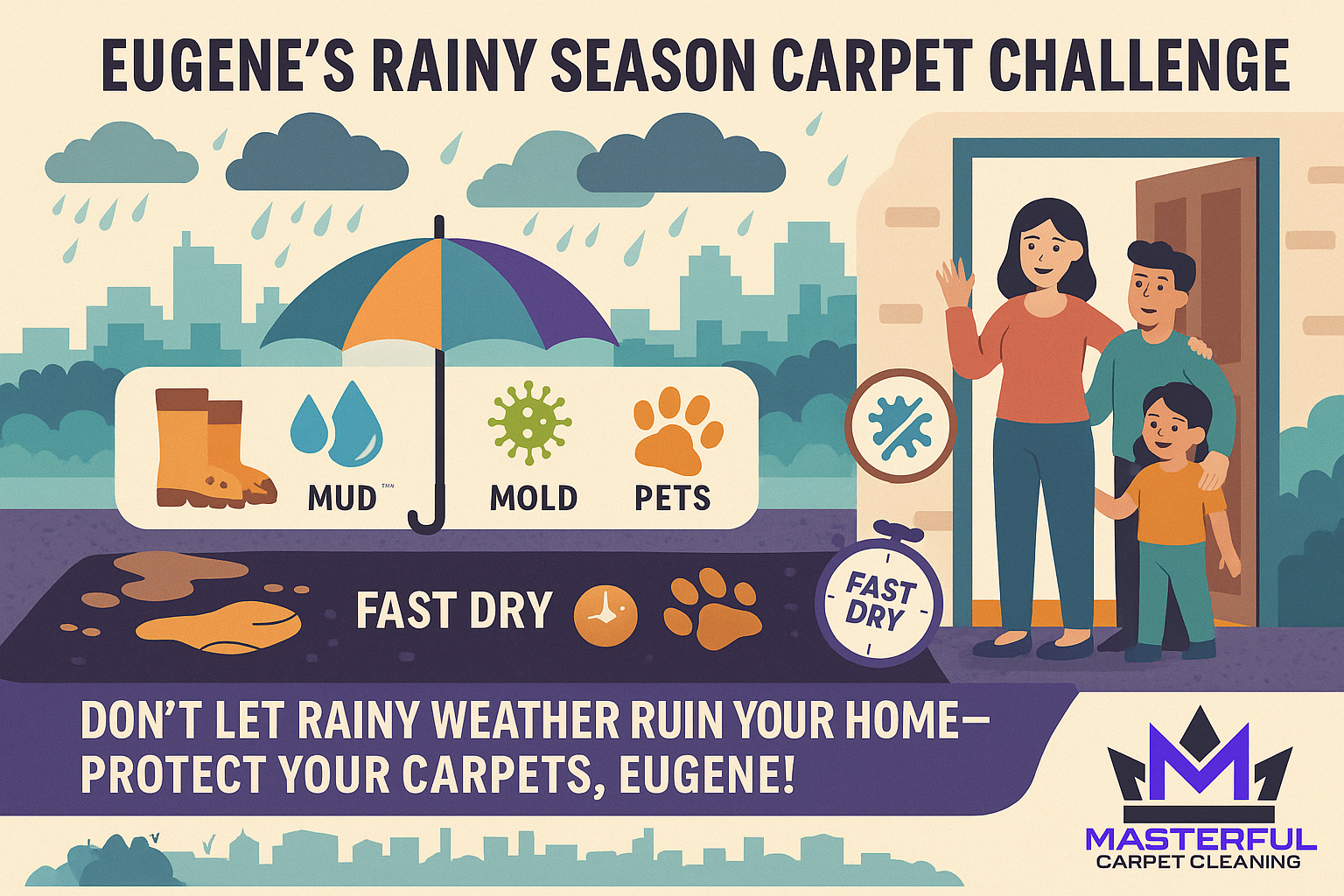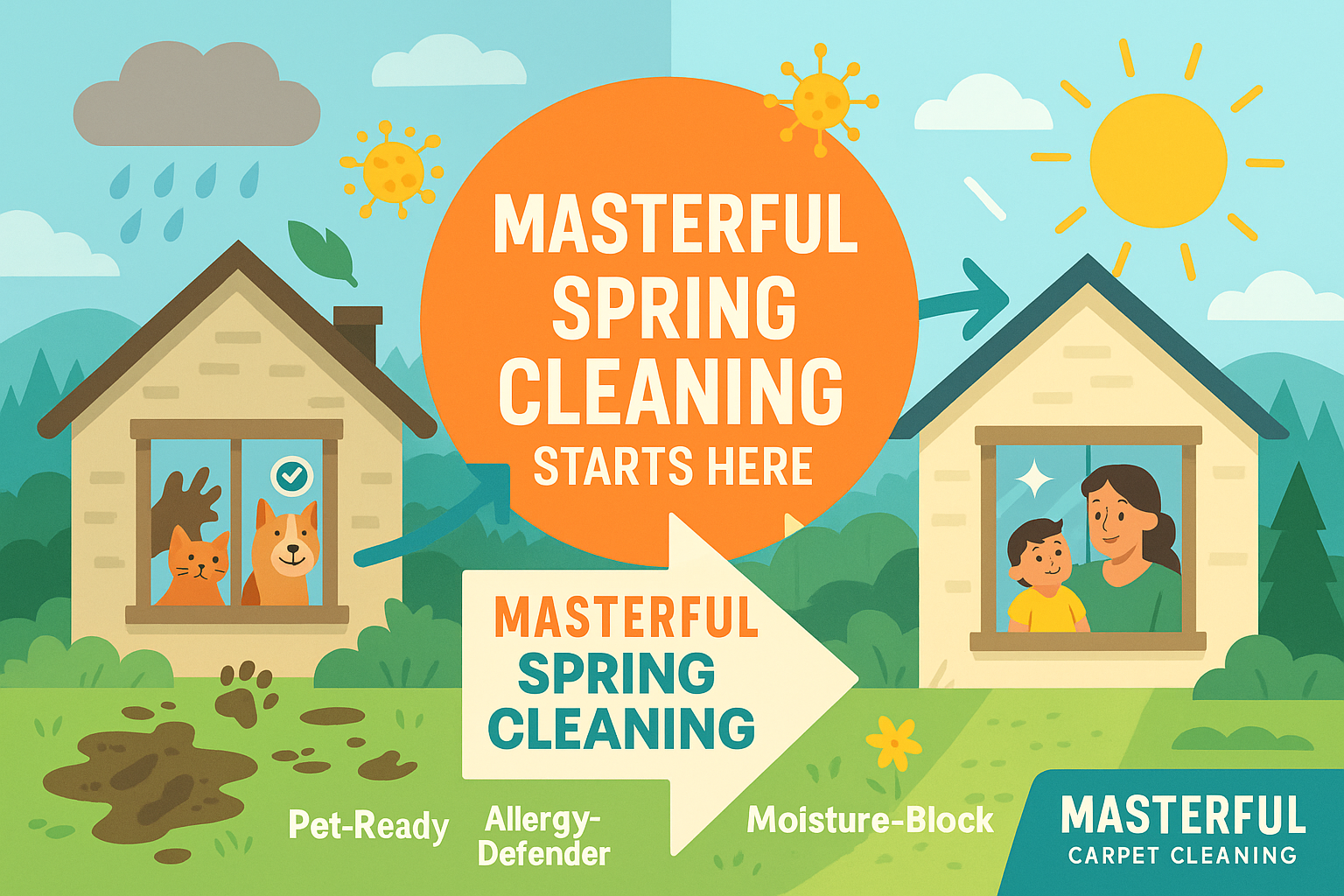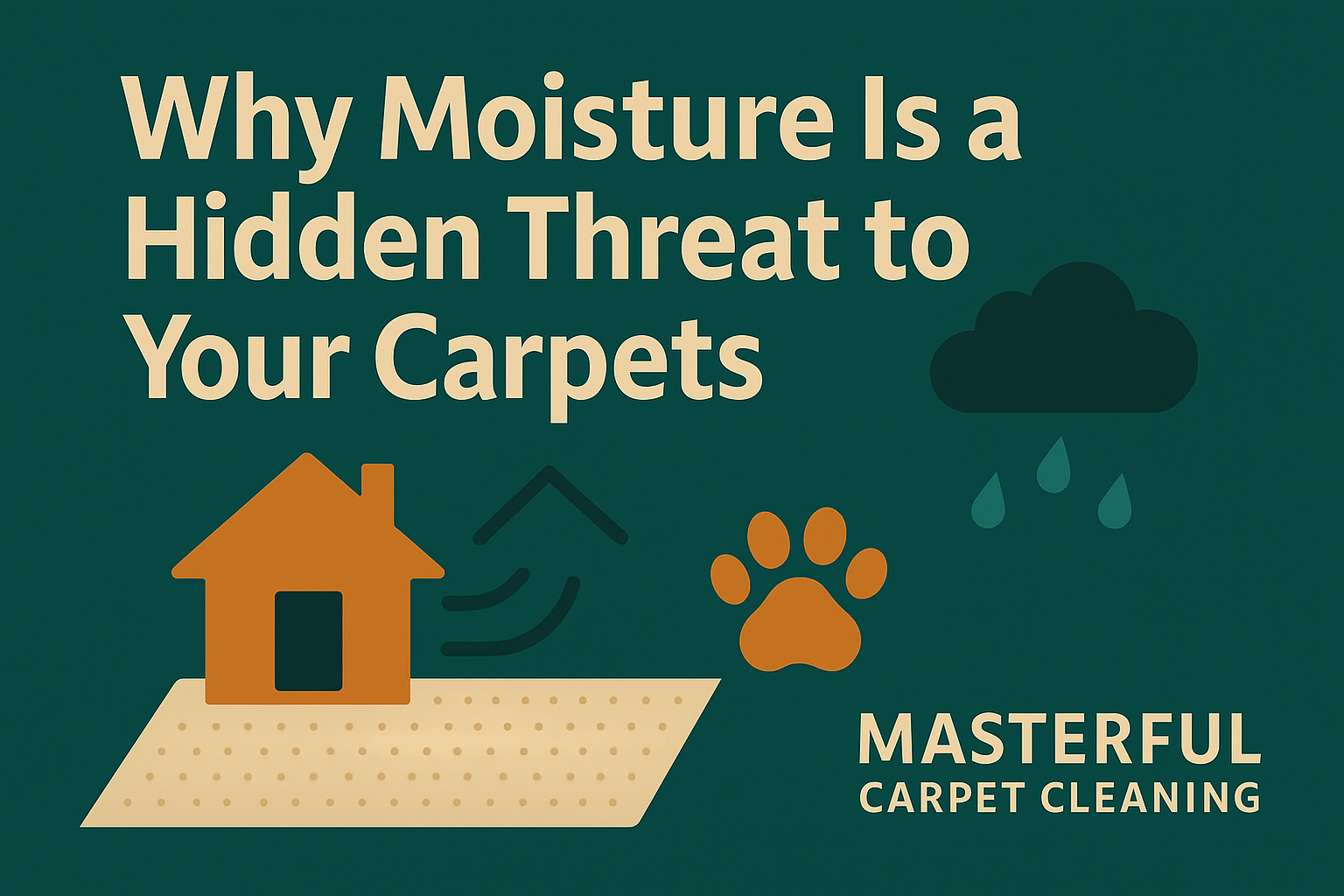Choosing the Right Repair Techniques for Chemical Spills on Carpet

Chemical spills on carpets are a pressing concern for many homeowners, as they can lead to significant damage if not addressed promptly and effectively.
Acids, solvents, and alkalis, including common household items like bleach and nail polish remover, can cause discoloration, weaken fibers, and even lead to holes or areas of thinning in your carpet. Knowing how to deal with these spills is important to maintaining the integrity and appearance of your carpeting.
This guide is designed to provide you with the knowledge and tools you need to tackle chemical spills on your carpets head-on, offering immediate actions to minimize damage and detailed cleaning methods tailored to different types of chemicals. With the right approach, you can mitigate the effects of spills and keep your carpets looking their best.

Understanding Chemical Spills on Carpets
Understanding the nature of the spill and acting quickly is paramount. Certain chemicals can leave behind a toxic residue or cause further damage if not cleaned properly.
It’s not just about removing the stain but also about ensuring the long-term health of your carpet and your home environment. Armed with the right information and techniques, you can address spills effectively, preserving both the beauty and lifespan of your carpets.
Types of Chemicals That Can Damage Carpets
- Acids: Such as sulfuric acid and hydrochloric acid, are known to severely deteriorate carpet fibers, causing them to weaken, which can lead to holes or thinning areas.
- Solvents: Including acetone and alcohol, pose a risk to the color and texture of carpets. Acetone, for example, can strip color, while alcohol may cause fading and weaken fibers.
- Alkalis: Like ammonia and bleach, can lead to discoloration and weakening of the carpet fibers, making them more susceptible to wear and tear.
- Household vs. Industrial Chemicals: Household chemicals, such as cleaning agents, generally pose less risk compared to industrial chemicals like heavy-duty solvents. Improper management of even common household items can cause damage.
Immediate Actions: The First Line of Defense
- Blot, Don’t Scrub: Immediately blot the spill with a clean cloth to absorb as much of the chemical as possible. Scrubbing can push the chemical deeper into the carpet fibers, exacerbating the problem.
- Containment: Use absorbent materials like sand or cat litter to prevent the spill from spreading. Creating a physical barrier around the spill can further contain it, effectively preventing the chemical from spreading to unaffected areas.
- Neutralization: This step is important, but it’s not universally effective for all types of chemicals. It’s important to know the type of chemical spilled to choose the appropriate neutralizing agent.
Immediate actions such as blotting, containment, and possibly neutralization are important for minimizing damage and are essential for effective spill management. Understanding the specific types of chemicals and how they can damage carpets enables better preparedness and response to spills, ensuring the longevity and appearance of your carpets are maintained.

Step-by-Step Repair Techniques for Chemical Spills on Carpets
Initial Response to Spills
- Immediate Blotting: Quickly blot the spill with a clean, absorbent cloth to remove as much liquid as possible. Acting swiftly can prevent the chemical from seeping deeper into the carpet fibers.
- Solution Preparation: Create a cleaning solution by mixing mild dish soap with warm water.
- Gentle Blotting: Dip another clean cloth into the solution and gently blot the stained area from the outer edges towards the center to avoid spreading the stain.
- Rinsing: After the stain lifts, use a clean, damp cloth to rinse out any soap residue by blotting the area.
- Drying: Allow the carpet to air dry completely. Avoid walking on the area until it’s fully dry to prevent dirt from attaching to the damp fibers.
Cleaning Methods for Specific Chemicals
- Acid Spills: If you spill an acid, neutralize it with a baking soda solution before following the initial cleaning steps. Be cautious, as neutralization can produce heat and cause splashes.
- Alkaline Spills: For alkaline spills, like bleach or ammonia, neutralizing with a mild acid like vinegar can be effective. Again, ensure to do this carefully to avoid any adverse reactions.
- Oil-Based Spills: Use an absorbent like baking soda or cornstarch to soak up oils or grease before vacuuming and proceeding with the wet cleaning method.
Use of Carpet Cleaning Equipment
- Steam Cleaners vs. Wet/Dry Vacuums: Steam cleaners can provide a deep clean, especially for larger or heavily soiled areas, by injecting steam into the carpet fibers and extracting the dirt. They’re particularly effective for sanitizing the carpet as well. They might not be suitable for all types of carpets, so it’s important to check the manufacturer’s recommendations.
- Wet/Dry Vacuums: These are useful for removing excess moisture after cleaning, reducing drying time, and preventing mold or mildew growth. Unlike steam cleaners, they do not have a heating element but can be just as effective in removing the spill with the right cleaning solution.
In selecting the right equipment, consider the type of spill, the carpet material, and the extent of the spill. For minor spills, a wet/dry vacuum might suffice, while more significant or stubborn stains might benefit from the thorough cleaning power of a steam cleaner.
By following these steps and choosing the right cleaning method based on the type of chemical spilled, you can effectively mitigate damage and maintain the appearance and longevity of your carpet. Always prioritize safety by using personal protective equipment when handling chemical spills and consider consulting a professional for complex or hazardous spills.

Preventive Measures for Chemical Spills on Carpets
Preventing chemical spills on carpets requires a proactive approach, focusing on both minimizing the chances of spills occurring and being prepared to act quickly should a spill happen. Here are some practical tips:
- Store Chemicals in Covered Areas: Protect hazardous chemicals from the elements by storing them in covered areas, reducing the risk of accidental spills.
- Use Spill Kits, Bunds, and Spill Pallets: Equip your facility with spill kits near chemical storage and usage areas. Spill pallets and bunds can capture and contain any spilled chemicals, minimizing impact.
- Store Containers on Secure Shelving: Place chemical containers on stable shelving with raised edges or lips to prevent them from falling. Ensure shelves are securely fastened to walls or floors for maximum stability.
- Prevent Overcrowding in Chemical Storage Units: Avoid overcrowding shelves to reduce the risk of spills, ensure easy access for inspections, and facilitate quick cleanup.
- Ensure Chemicals Are Stored at or Below Eye Level: Store heavier containers close to the floor to reduce the risk of spills and keep hazardous chemicals within easy reach.
- Regularly Inspect Chemical Containers for Leaks or Deterioration: Regular inspections can identify potential leaks or signs of container deterioration before they lead to spills.
- Safeguard the Transportation of Chemical Containers: When moving chemical containers, use appropriate carts and secure the containers to prevent spills during transportation.
By implementing these measures, you can significantly reduce the risk of chemical spills on carpets, protecting both your facility and the individuals within it.

Professional Cleaning vs. DIY
When deciding between professional carpet cleaning and DIY methods, there are several factors to consider. Each approach has its own set of advantages and disadvantages that can influence your decision based on your specific needs, budget, and the condition of your carpets.
Professional Carpet Cleaning
Pros:
- Guarantees high-standard cleaning.
- No need for you to get involved in the cleaning process.
- Professionals bring their own specialized tools and cleaning products.
- Experienced cleaners work faster and more efficiently.
Cons:
- Typically more expensive than DIY methods.
- You may need to wait for availability.
DIY Carpet Cleaning
Pros:
- More cost-effective, allowing you to save money.
- You have full control over the cleaning process and standards.
- Flexible scheduling according to your convenience.
Cons:
- The cleaning process can be physically demanding.
- You’ll need to purchase or rent cleaning products and equipment.
- Potential risk of damaging your carpets if not cleaned properly.
- You’ll get dirty during the process.
Additional Considerations:
Professional carpet cleaning utilizes specialized equipment and expertise to reach deeper into the carpet fibers, offering superior cleaning and faster drying times. This is especially beneficial for removing stubborn dirt, dust, and allergens that regular vacuuming can’t achieve.
On the other hand, DIY carpet cleaning might seem appealing due to the potential for upfront cost savings. It’s important to recognize the limitations, including the lack of deep cleaning capabilities compared to professional methods and the risk of carpet damage due to improper cleaning techniques or equipment use.
The choice between professional cleaning and DIY depends on your priorities, including the level of cleanliness desired, budget constraints, and the ability to handle the physical demands and risks associated with DIY carpet cleaning. For those prioritizing thoroughness and convenience, professional cleaning may be the preferable choice, while DIY might appeal more to those with limited budgets and a willingness to tackle the task themselves.

Choosing the Right Carpet Cleaning Chemicals: A Criteria Checklist
When selecting carpet cleaning chemicals, it’s important to consider various factors to ensure you’re choosing the most effective and safe option for your needs. Here’s a checklist based on safety standards, environmental impact, and other essential considerations to guide you when shopping for cleaning products:
- Understand pH Levels: The pH level of a cleaning solution indicates its acidity or alkalinity, which impacts its cleaning power and compatibility with carpet fibers. Acidic solutions (pH below 7) are effective for mineral deposits and rust, while alkaline solutions (pH above 7) are better for removing greasy or oily residues. Neutral solutions (pH 7) are safe for general maintenance cleaning.
- Consider Carpet Fiber Type: The type of carpet fiber greatly influences which cleaning chemicals you should use. Synthetic fibers can generally tolerate a broader pH range, while natural fibers require more neutral pH levels (between 5 to 8) to avoid damage.
- Check for Green Certification: Opt for cleaning chemicals that are green-certified, indicating they are environmentally friendly and contain less harmful substances. Such products should be biodegradable, non-toxic, and free from harsh chemicals that can damage the environment or pose health risks.
- Safety and Effectiveness: Ensure the product is safe to use and effective as directed. It’s important to balance the need for powerful cleaning action with the safety of the carpet material and the indoor environment.
- Color Coding and Numbering: Products that are color-coded and numbered can simplify the cleaning process, ensuring consistency and ease of training for staff or personal reference.
- Manufacturer Support and Training: Consider whether the manufacturer offers adequate training and support for their products. Having access to professional advice and guidance can enhance cleaning effectiveness and safety.
- User Understanding and Safety: Make sure you or your cleaning staff understand how to use the products safely. Proper training and adherence to product instructions are important to avoid accidents or damage to carpets.
This checklist should help you navigate the selection of carpet cleaning chemicals more effectively, ensuring you choose products that are safe, environmentally friendly, and suitable for your specific carpet cleaning needs. Always remember to test cleaning solutions in an inconspicuous area first to ensure they do not adversely affect the carpet’s color or texture.

Frequently Asked Questions
Can you clean all types of rugs, including Oriental and wool rugs?
Yes, all types of rugs can be cleaned, but the method varies based on the rug’s material. For example, synthetic rugs can usually be cleaned on-site, while wool, silk, and fine rugs like Oriental rugs often require specialized full-service rug plant cleaning due to their delicate nature.
How long after carpet cleaning should I wait before removing protective tabs/blocks under furniture?
It’s recommended to wait 24 hours after carpet cleaning before removing any protective tabs or blocks placed under furniture. This ensures the carpet and pad are completely dry.
What’s the difference between steam cleaning and hot water extraction?
Technically, there’s no difference between steam cleaning and hot water extraction. Both terms describe a process where hot water and a cleaning solution are applied to the carpet and then extracted. The key is the balance of heat to avoid damaging carpet fibers.
Are there common stains that can’t be removed?
While most stains can be removed, there are exceptions such as construction adhesive, heavily worn areas, certain dyes, and other specific substances. In such cases, carpet patching or replacement might be necessary.
What can be done for recurring carpet stains?
Recurring stains often happen due to the residue left on the carpet pad or fibers. Proper cleaning and extraction methods are essential to prevent stains from reappearing.
Do carpet protectors work?
Carpet protectors like Scotchgard or Maxim can be beneficial. They form a protective barrier around fibers, making carpets more resilient against stains and spills.
What causes carpet to buckle or develop ripples?
Buckling or rippling in carpets can occur due to various reasons, including improper installation, overwetting during cleaning, high humidity, or the carpet’s age. Corrective stretching may be required.

Approach With Care
From choosing the right chemicals to addressing specific types of stains and knowing when to call in professionals, can significantly impact the longevity and appearance of your carpets. Whether you’re dealing with delicate Oriental rugs, seeking to remove stubborn stains, or wondering about the efficacy of carpet protectors, the key is to approach each situation with care.
For complex spills or maintenance beyond the scope of DIY solutions, seeking professional assistance ensures your carpets receive the best care without risking damage. Masterful Carpet Cleaning offers expert services tailored to your carpet’s specific needs. Explore our services and ensure your carpets remain in pristine condition.
Author
-

As the Co-Owner of Masterful, Randy has been providing quality cleaning services to the Salem and Portland areas of Oregon for many years. He has built a reputation for excellence in the industry. His team take prides in using the latest cleaning techniques and technologies to deliver exceptional results every time.
View all posts
